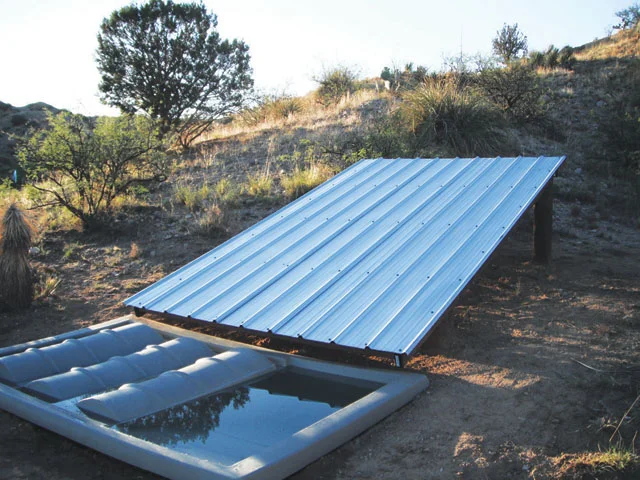
 5
5




 6
6




“We can complain because rose bushes have thorns, or rejoice because thorn bushes have roses.” — Abraham Lincoln
 3
3




I'm only 65! That's not to old to learn to be a permie, right?






 1
1




I'm only 65! That's not to old to learn to be a permie, right?




Marco said, " I've observed the rain can't actually reach the soil as it falls on the mulch surface and stays there.
Invasive plants are Earth's way of insisting we notice her medicines. Stephen Herrod Buhner
Everyone learns what works by learning what doesn't work. Stephen Herrod Buhner
 4
4




 4
4




Low and slow solutions
 5
5








 1
1




 4
4









 2
2




 4
4




 3
3




 4
4





When in doubt, doubt the doubt.
 1
1




Country oriented nerd with primary interests in alternate energy in particular solar. Dabble in gardening, trees, cob, soil building and a host of others.
 1
1




 4
4




 3
3





Idle dreamer
 1
1




Permies is awesome!!!
 3
3




Idle dreamer
 2
2




 9
9




Come join me at www.peacockorchard.com




Marco Bonfanti wrote:Wondering about the effectiveness of mulching in arid and semiarid drylands, poor and sandy soil with lots of sun and wind. When rains have been missing for a while, call it drought, then they might come back with few and occasional showers. I've observed the rain can't actually reach the soil as it falls on the mulch surface and stays there. Then evaporation comes and plants do not receive any water from the roots. I know of the enormous beneficial effects in terms of soil temperature mitigation, weed control, on site fertility and soil biology enhancing.
Just asking what is your experience, maybe you have experimented techniques to welcome the first light rains in a better way.
 2
2




 2
2




 2
2




 3
3




 1
1




 1
1




New location. Zone 6b, acid soil, 30+ inches of water per year.
https://growingmodernlandraces.thinkific.com/?ref=b1de16
Growingmodernlandraces.com affiliate
 2
2




Real funny, Scotty, now beam down my clothes!









|
Hey, sticks and stones baby. And maybe a wee mention of my stuff:
The new kickstarter is now live!
https://www.kickstarter.com/projects/paulwheaton/garden-cards
|





